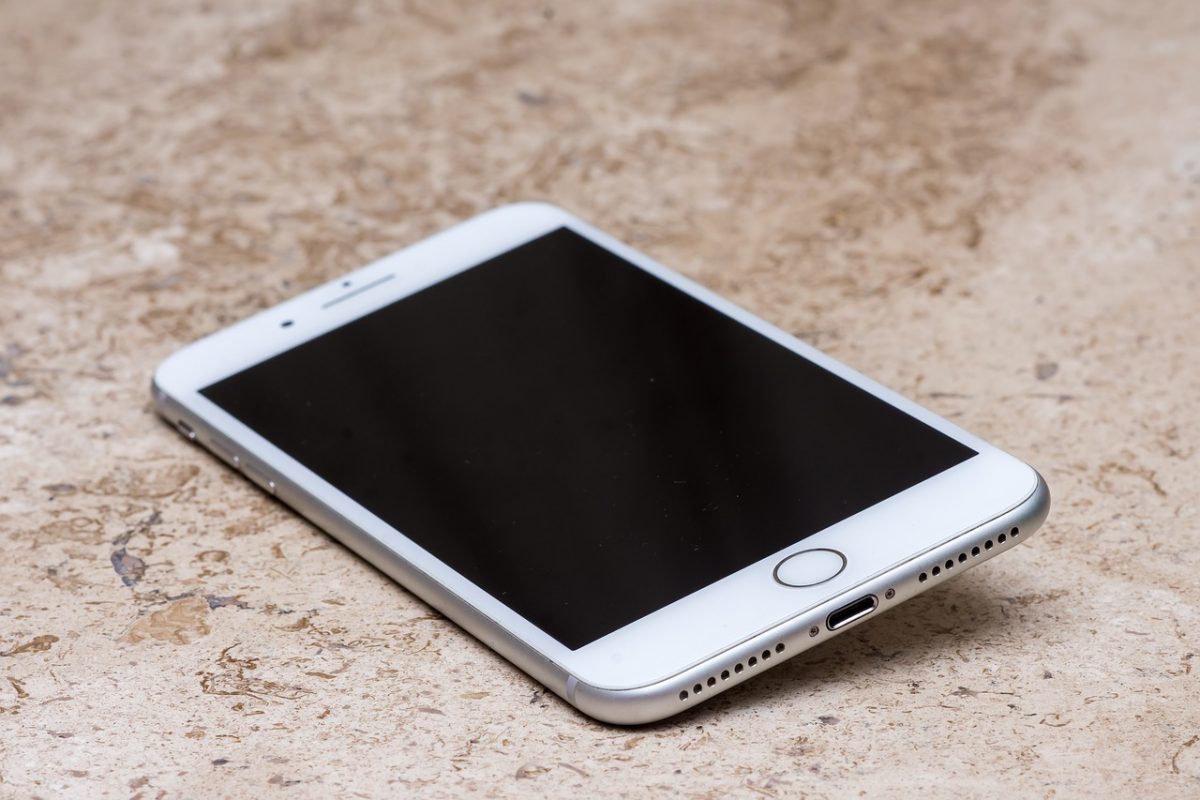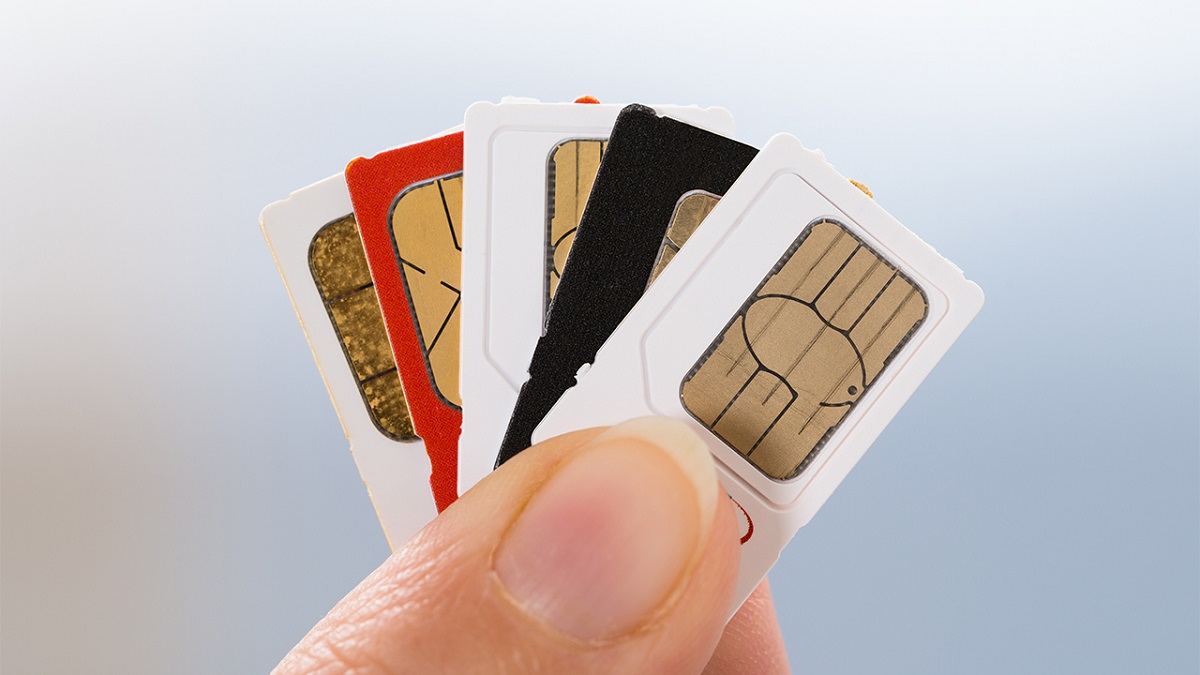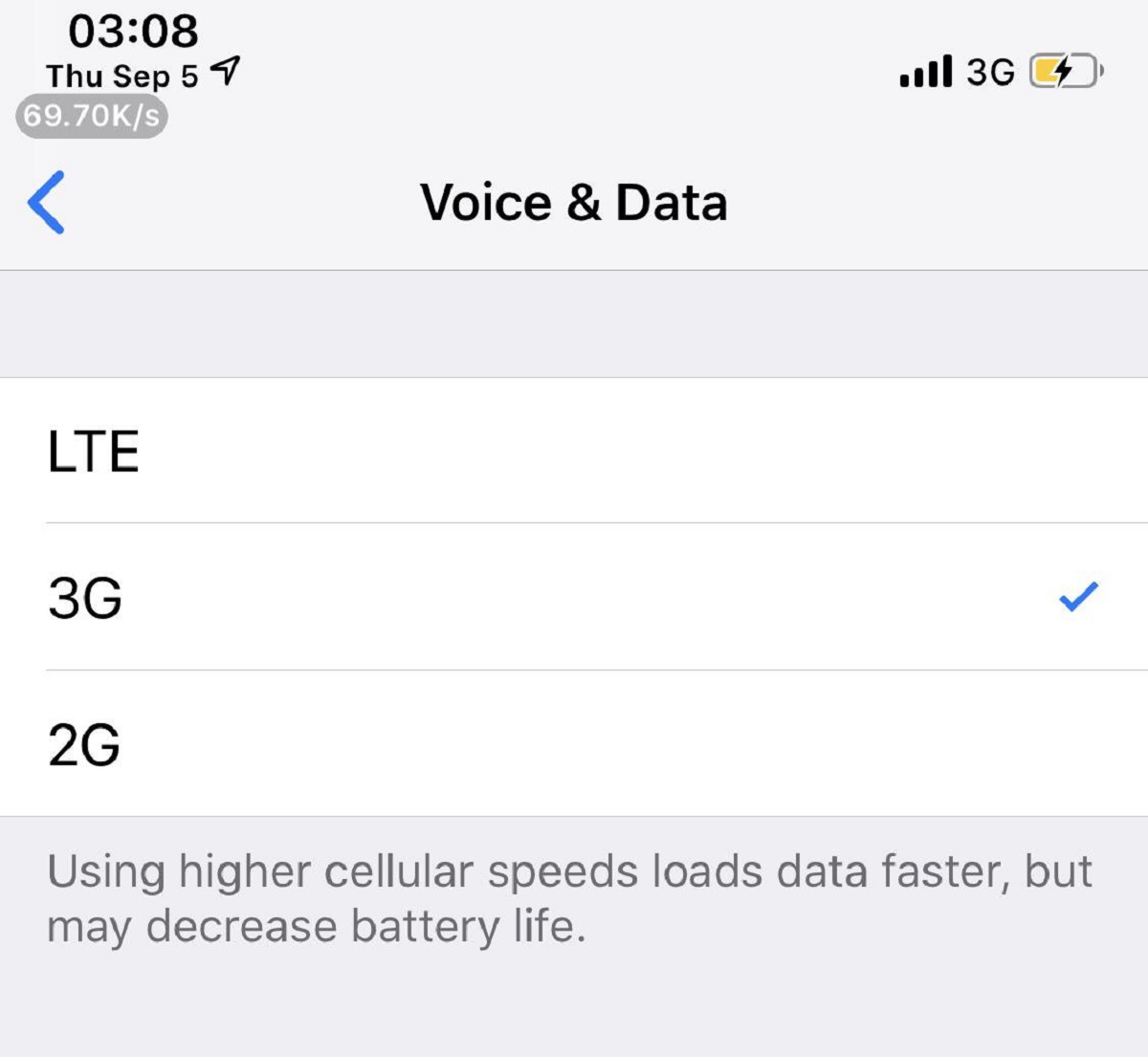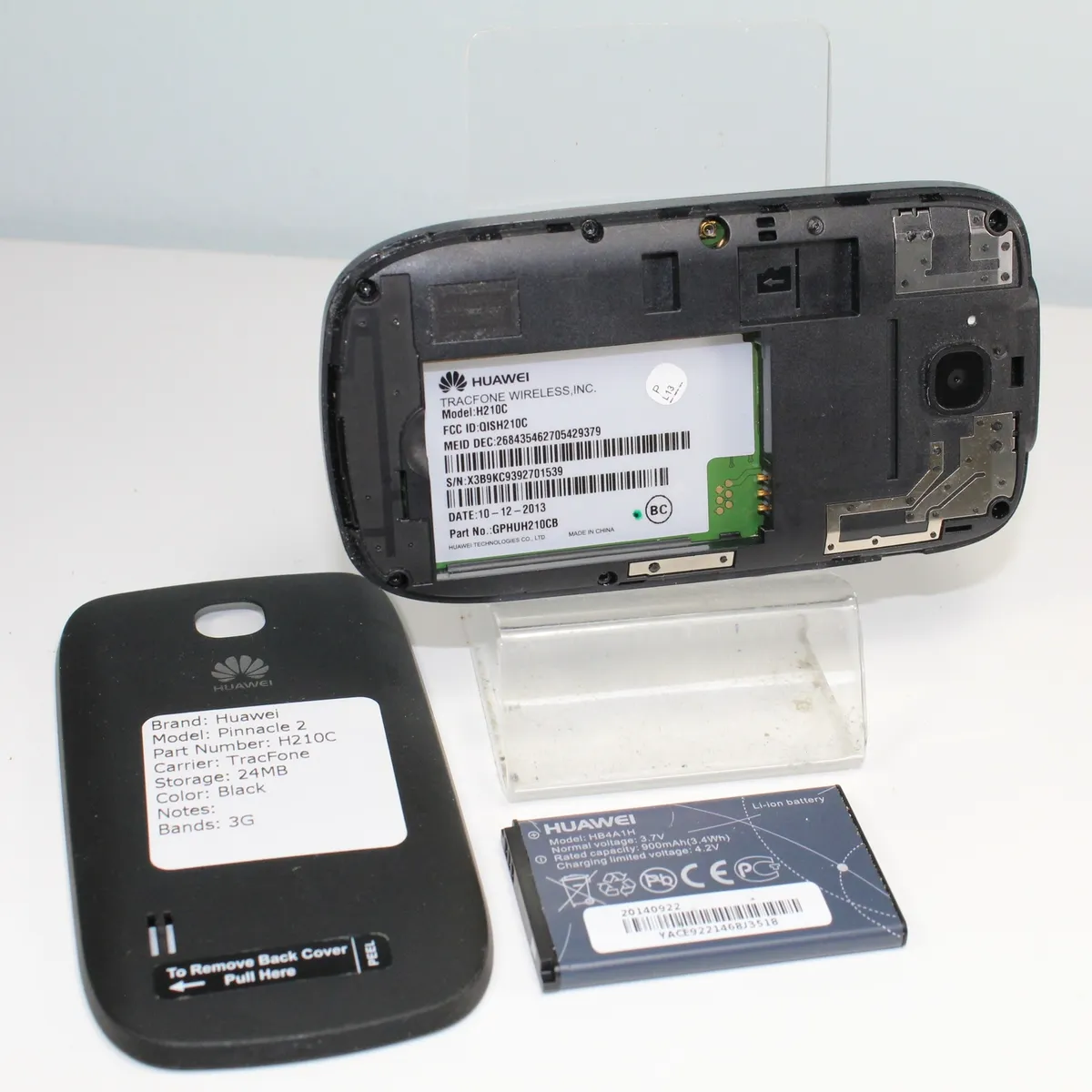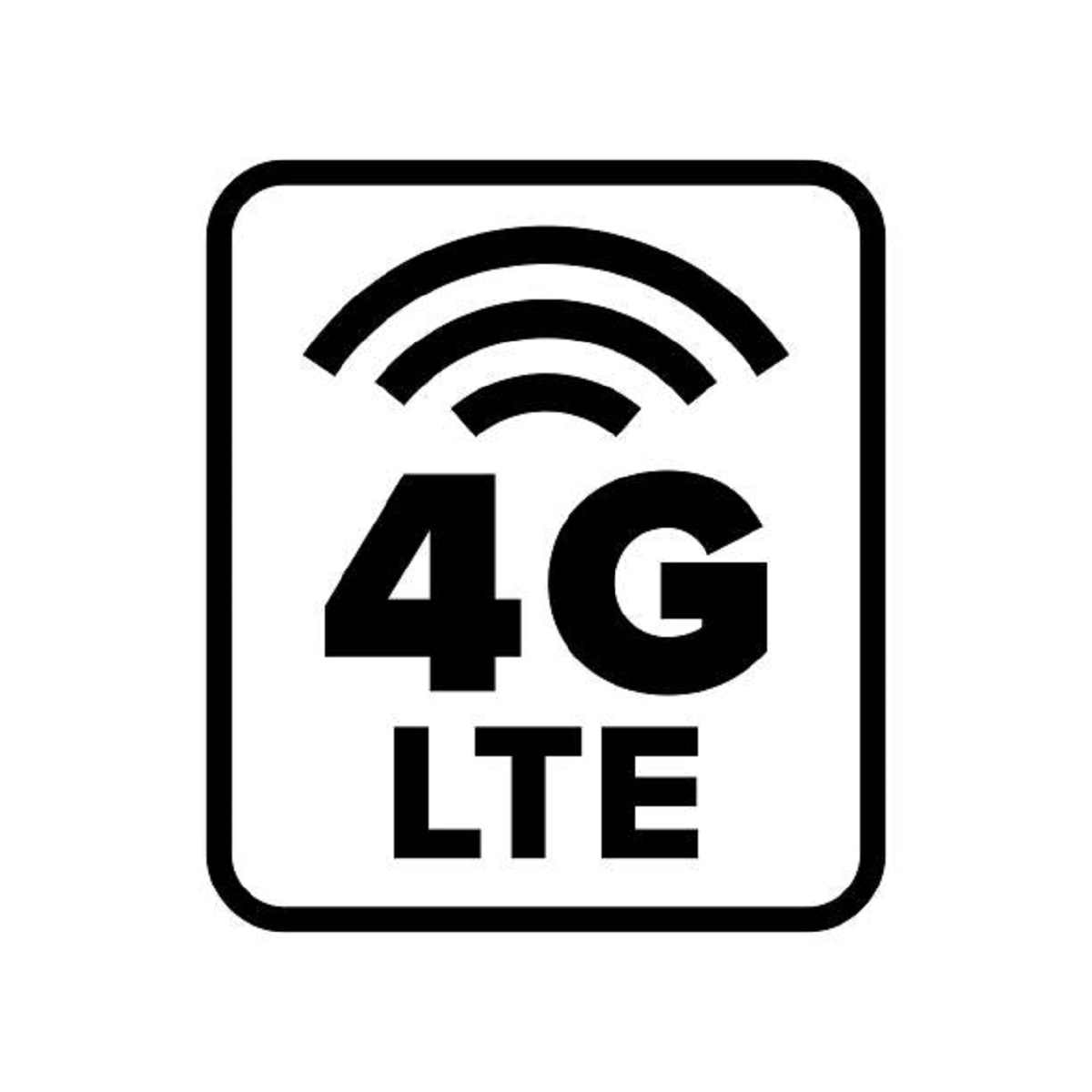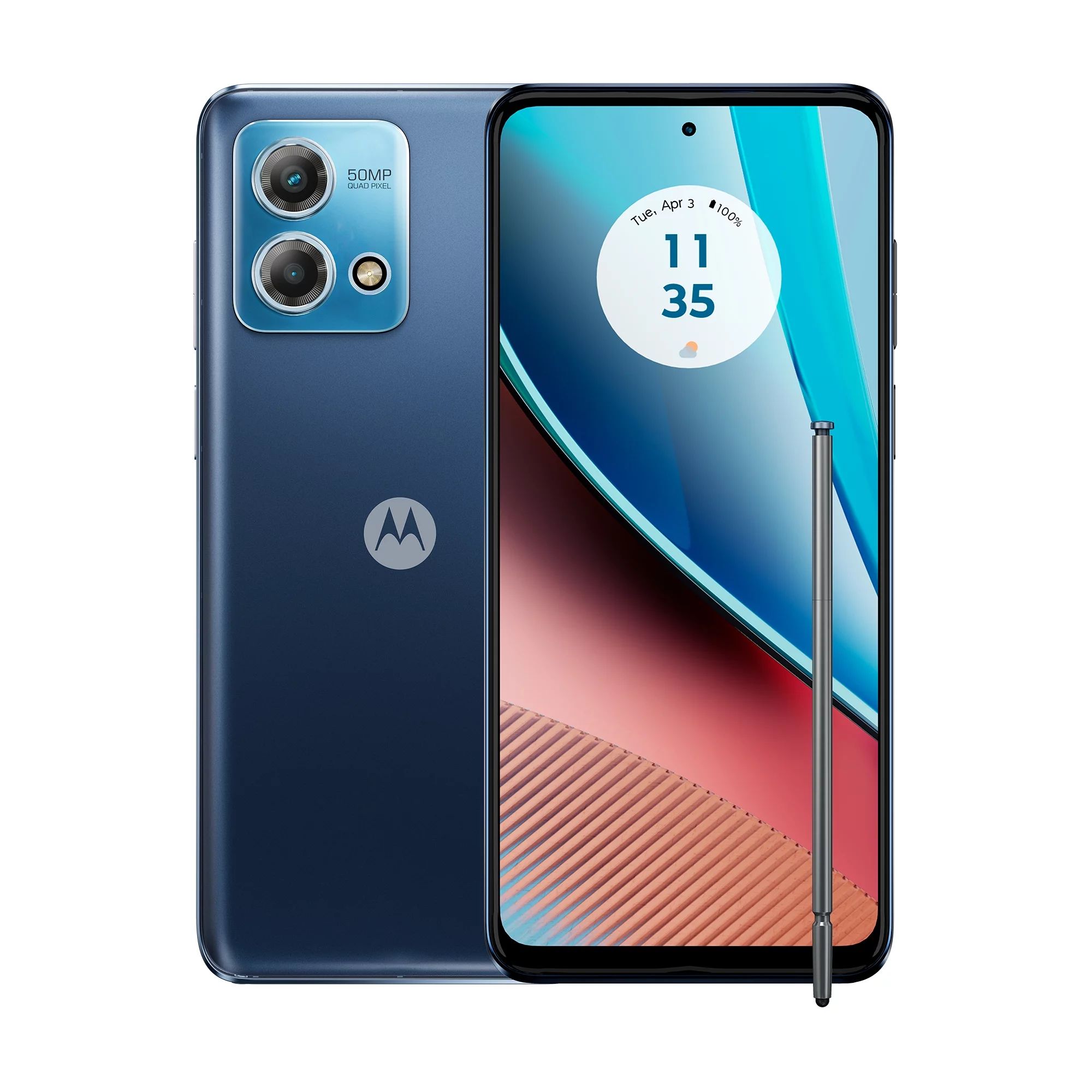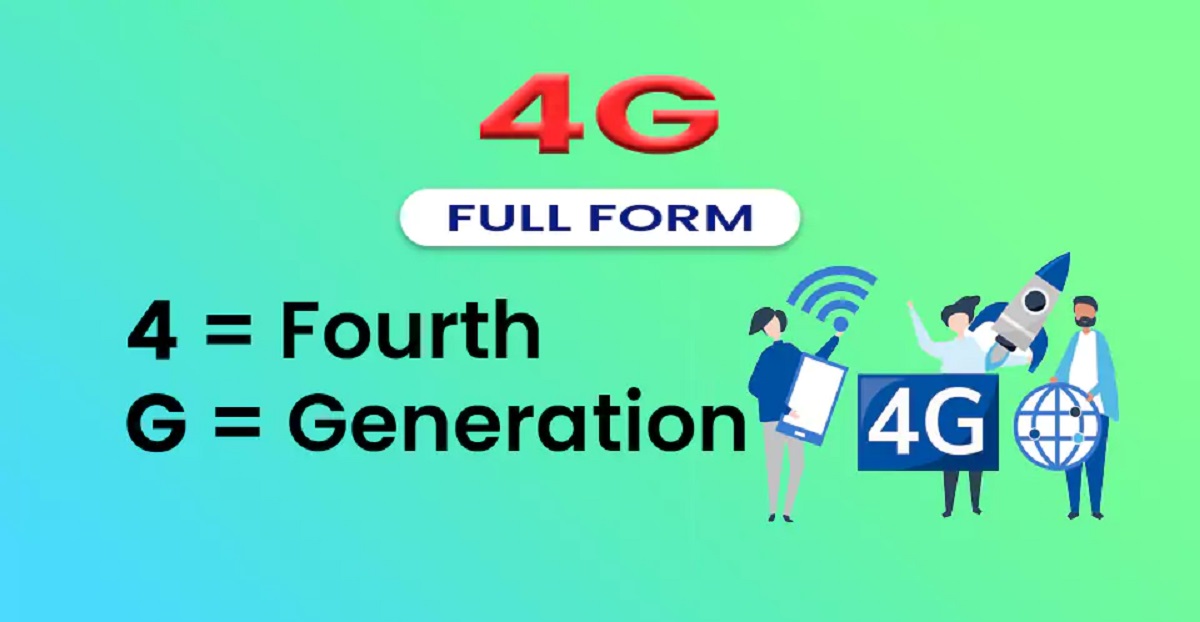The internet can now be easily accessed with the use of a smartphone. However, learning the different types of mobile networks, 3G vs. 4G, will help you make the most out of your internet experience. You’ve probably been using either of these networks but doesn’t know the difference between 3G and 4G. Before comparing these two networks, we should understand first what 3G and 4G mean.
To start off explaining 3G and 4G, the “G” stands for generation. It is just basically saying that the network is the 3rd generation (3G) or the 4th generation (4G) of mobile data technology. These networks come from the radio sector of the International Telecommunications Union (ITU-R). There’s another mobile data technology, LTE which stands for “Long-Term Evolution.” It is the general idea of improving wireless broadband speeds to meet increasing demand.
What Is 3G Network?
What does 3G mean? 3G networks replaced the previous system 2G. 2G is a network protocol that only allowed the most of basic of what we are familiar now as smartphone functionality. These 2G networks handled phone calls and basic text messaging. Moreover, they can handle a limited amount of data over a protocol called as multimedia messaging service (MMS).
When the 3G network was introduced, several larger data formats became more accessible. This includes standard HTML pages, photos, and videos. Its speed is pretty slow compared to a 4G network. Furthermore, it would mostly require pages and data specially formatted for this type of slower connection. Compared to 2G standards, this new protocol is speedier but slow compared to the home network.
To be listed as a 3G, a network must meet a certain required set of technical standards for speed and reliability. At the same time, it must offer peak data transfer rates of at least 200 kilobits per second (kbps). As smartphones rise, the demand for faster mobile broadband access increases. That’s when they introduced the 4G network. Besides, the speed difference between 3G and 4G is much better.
What Is 4G Network?
As stated above, 4G networks speed compared to 3G networks are way faster. This is because the ITU-R has set standards for 4G connectivity. It is requiring all networks described as 4G to adhere to the required set of speed and connection standards. It’s a step-up from the technology that preceded it, called – yes, you guessed it right: 3G.
For mobile use, including smartphones and tablets, its connection speeds need to have a limit of a minimum of 100 megabits per second (Mbps). And for more stationary uses like mobile hot spots, should have at least 1 gigabit per second. Not all 4G networks are created equal as they come in a variety of different speeds. Some are faster and more widely deployed than others.
However, not all devices that have 4G available can truly get this network. 4G can only be accessed if the area is covered with 4G networks. 4G data transmission speed is 10 times faster than a 3G network making it a more reliable internet connection when a bigger amount of data needs to be accessed.
What Is LTE?
Most people have probably considered LTE and 4G as the same mobile connections, but this technology is only one of these groups and is not the same. It is the most common when talking about the latest generation of mobile internet. LTE isn’t as much a technology as it is the path followed to achieve 4G speeds. This is created by the 3GPP (3rd Generation Partnership Projects), which is a collaboration between associated telecommunications groups.
The first version of the LTE is sold as “4G-LTE” because the specification of LTE does not meet the guidelines of a 4G technology. When the ITU-R set the minimum required set of technical standards for 4G, they were a bit unreachable, even with the amount of money tech manufacturers put into achieving them.
The LTE is known as pre-4G as it offers more benefits compared to a 3G network but does not fully meet the required set of standards for 4G. Its most noticeable specification is in the speed since theoretically it only reaches a peak speed of 100 Mbps but a big change when compared to a 3G network.
But what is the difference between 3G and 4G LTE? And how it will make the most out of your internet experience?
3G Vs. 4G Vs. LTE


Speed
Can you feel the speed difference 3G and 4G networks? As mentioned above, yes. The difference between 3G and 4G is noticeable, but when you compare 4G network to an LTE network, you probably won’t notice it. This is because LTE is named after the technology that doesn’t meet the required standard of 4G but goes up to the minimum speed of a 4G network.
Device
Availability of 3G and 4G networks differ from every device. The newer models of smartphones are capable of handling 4G networks and are compatible with lower mobile networks generation. If you’re trying to connect to any kind of wireless broadband networks, make sure that your device can connect to that network and download information at enough high speed.
Carriers
The difference between 3G and 4G is also from its carriers. Some network carriers don’t upgrade their mobile networks yet and still running through 3G. You should be aware of your mobile networks wireless availability because even though your device has 4G connectivity inside, doesn’t mean you can get the speeds you want especially if your carrier isn’t capable of providing you with that speed.
Packet-switching And Circuit-switching
It doesn’t matter what kind of data or the speed of transferring it. It needs to be packed and sent so that other points on the network can interpret it. Circuit-switching technology is a term that refers to the method of communicating. Older networks commonly use it. In this system, a connection is directly established to target through that network, and everything happens through this connection, whether it’s a phone call or a file transfer. One of the advantages of this network is its faster connection time.
In a packet-switching network, the data being sent or received is broken up into small chunks. It is sent over to whichever path is currently the most efficient. Mostly newer networks take advantage of this packet-switching technology, a modern protocol that takes advantage of the much larger connected points across the world.
If a node drops out of your connection in the circuit-switching networks, there’s a need for reconnection. However, in packet-switching networks, the next packet will simply seek another path.


When To Go With 4G?
These are the reasons why you should buy a 4G device:
Your Carrier Has 4G Network Available In Your Area
Not all carriers offer 4G network connection, but if yours has, better to take advantage of this technology. Also, 4G devices had backward technology and will still be functional even if the 3G network is only available.
You Want To Buy A Newer Generation Of Smartphone
Most of the newest and cutting-edge phones available on the market are typically 4G phones. The 4G network is becoming pretty standard these days.
You Consume A Lot Of Data And Would Need A Faster Connection
If you like watching videos on your phone or streaming music everywhere you go, and you rely on a lot of data-hungry applications, then you should go with a 4G device to make it through the day. Having a fast internet connection at all times is very useful. Data plans, whether 3G or 4G, usually cost the same amount.


Should You Even Consider Going With 3G?
If you’re trying to consider buying a 3G device, here are few reasons to opt-in for this kind of mobile device.
The Area You Are Currently Residing Doesn’t Have A 4G Network Available
If there’s no available network in your area, buying a 4G phone is not practical since it won’t be able to communicate with any 4G cell towers and relay any signal. But if you’re expecting your carrier to be expanding to 4G network, buying a 4G phone might not be a bad choice.
You Don’t Use A Lot Of Data
If you usually use your phone for basic stuff like email, GPS, weather, and social media application, using 3G vs. 4G phone is advisable. Streaming lots of music and videos requires a lot of data, so a faster connection like a 4G network is needed.
You should also know that each generation of wireless broadband typically requires your cell phone provider to upgrade their cell towers and would require you to upgrade your phone to send and/or receive signals through new infrastructure. Keep in mind that a 3G phone would not be able to communicate through 4G networks, but newer generations of smartphones are designed to be backward compatible. Whichever network you use, knowing the difference between 3G and 4G will surely help you make the most out of your internet experience.







